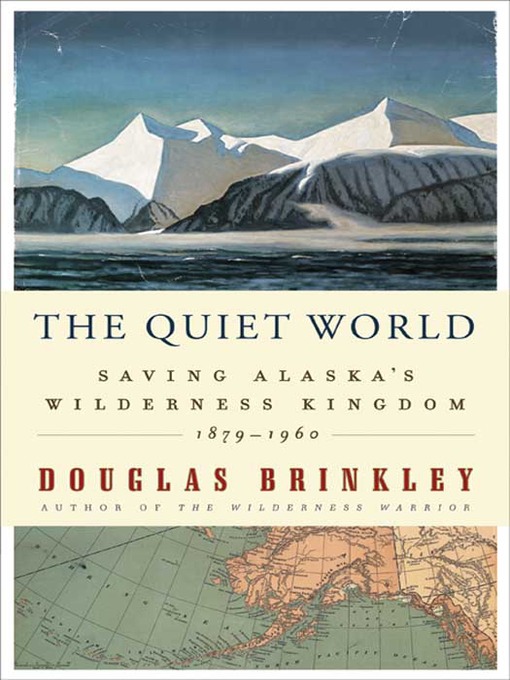"Douglas Brinkley has written a sweeping, blow-by-blow account of the struggle to preserve the last great remnants of American wilderness. An engaging appraisal of the crucial skirmishes in the battle over wild Alaska, The Quiet World is populated not only by the requisite luminaries like John Muir and Ansel Adams, but also by a cast of quirky, unexpected characters. The Quiet World is a fascinating and important read." — Jon Krakauer
In this follow-up to his New York Times bestseller Wilderness Warrior, acclaimed historian Douglas Brinkley offers a riveting, expansive look at the past and present battle to preserve Alaska's wilderness.
Brinkley explores the colorful diversity of Alaska's wildlife, arrays the forces that have wreaked havoc on its primeval arctic refuge—from Klondike Gold Rush prospectors to environmental disasters like the Exxon-Valdez oil spill—and documents environmental heroes from Theodore Roosevelt to Dwight Eisenhower and beyond. Not merely a record of Alaska's past, The Quiet World is a compelling call-to-arms for sustainability, conservationism, and conscientious environmental stewardship—a warning that the land once called Seward's Folly may go down in history as America's Greatest Mistake.


